Hitting the skies for your next underwater adventure? Traveling with scuba gear can be a bit daunting, especially if it’s your first time. Here are some tips I've learned the hard way to make sure your dive gear gets from point A to B safely and without any hitches.
A couple things to think about:
A couple things to think about:
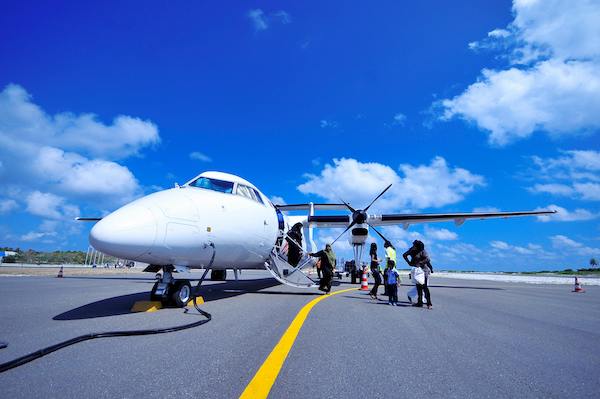
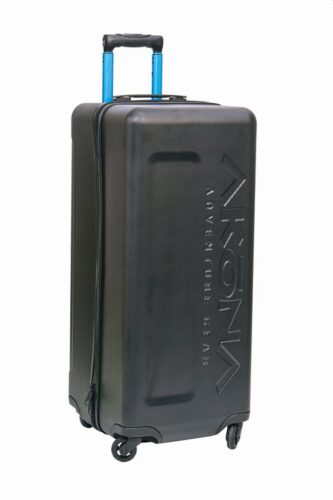
Choose the Right Checked Bag
- Wheels are Your Friend: If possible, opt for a roller bag. Scuba gear can get heavy, and a wheeled bag will save your back when you’re maneuvering through airports.
- Scuba Specific or No?: This one is debatable. Some folks will say no because they think having a scuba brand on your bag makes it a target for theft. Which I don't consider a high probability risk...given other higher probability concerns with travel. But it isn't an unreasonable concern. Getting a scuba specific bag does lend itself to having features that you might find useful like waterproof sections or specific places for fins or other gear
- Long Fins?: Yup..don't forget your fin length. If you dive longer fins like the Mares Evanti+ Quattro you'll need a bag that is at least 30 inches tall. That's not a typical luggage length.
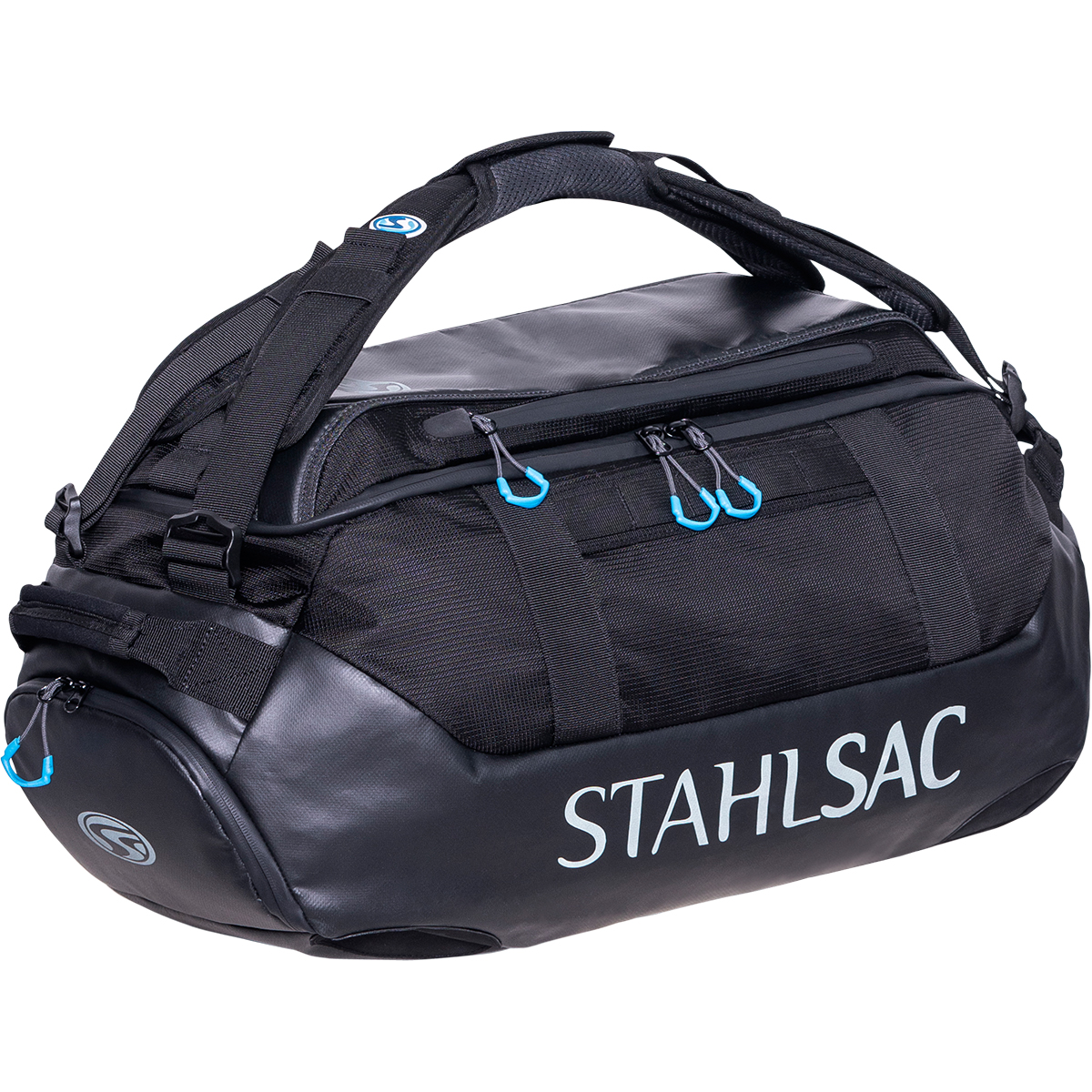
Choose the Right Carry-on Bag
- Backpack Style: When moving around the airport and to/from your destination you will have at least one checked bag with you, possibly a second. Meaning both hands are going to be full. I prefer a backpack style carry-on bag instead of another roller bag. Additionally, the Stahlsac brand bag example to the right, can double as a weekend getaway back even when not diving. I used it to carry 7 days of basic clothing and toiletries on a recent domestic trip. Additionally, it is waterproof, has two compartments so you can split wet and dry if you need and the main zipper is against your back when being worn for security.
- Dual Use: If the bag is waterproof and backpack style, you can also use it for general tourism at the dive location when not diving. As well as on the boat if you need.
- Maybe a Personal Item: Though many airlines are cracking down on the definition of "personal item" it's possible you can consider this your personal item and get a traditional wheeled carry-on as well so you only have to check one bag instead of possibly two!
Pack Smart
- Prioritize Your Carry-On: Pack your most valuable and essential items in your carry-on. This includes items like your dive computer, regulator, and perhaps your mask. Not only does this approach minimize the risk of losing critical gear should your checked bag go missing, but it also keeps sensitive equipment safe. Essentially, any equipment you really do not want to rent at your destination should go in your carry-on. (Note: Not everyone agrees that the risk of lost baggage is significant)
- Use Clothes as Cushions: Wrap fragile items with clothing to add extra padding. It’s a great way to utilize the space and ensure additional protection
- Maximize Space: Fin pockets, mask carry boxes and the like can have things stuffed in them like a compass or defog or maybe your socks and underwear. Try not to have dead air space taking up room. Go ahead and mix your dive gear with your clothing...you can re-organize once you get to your destination.
Know Airline Regulations
- Bag Sizes and Weight: Every airline seems to be different so double check with your carrier...however here is what American Airlines had:
- Personal Item: 18x14x8 inches
- Carry-on Item: 22x14x9 inches (the stahlsac above is technically 24x11.5x11 but can be easily forced into a 22x14x9 box if needed)
- Checked Item: 62 total inches and less than 50lbs - Remember the pounds includes the bag itself so the lighter the bag the more gear you can have in it. However there is often a tradeoff of sturdy for heavy.
- Restricted Items: Familiarize yourself with airline policies on specific gear, especially items like dive knives or tools. These usually can’t fly with you in the cabin and must be securely packed in checked luggage.
- Battery Considerations: If you’re carrying items with lithium batteries, such as dive lights or underwater camera gear, you might need to carry them in your hand luggage due to airline regulations.
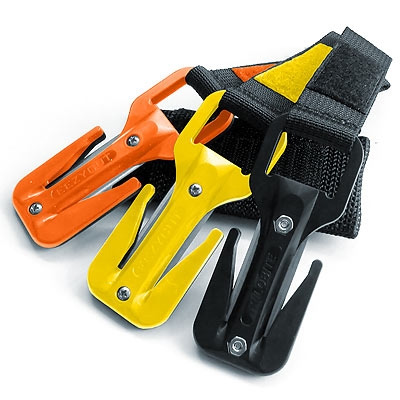
Know Destination Regulations
- Knives: Some dive destinations do not permit knives of any kind either within the country or within the dive area (such as a protected nature preserve / reef). Generally I do not recommend a dive knife anyway...you are likely better served with a Trilobite style cutter.
- Gloves: Interestingly, some dive locations do not permit the use of gloves either. One well known one is Cozumel. There is a belief locally that if you ban gloves then people are less likely to touch coral.
Prep Your Gear
- Maintenance Check: Before you pack anything, make sure all your gear is clean and dry.
- Routine Service: Regulators, BCDs, Computers and other diving equipment has a service life. If you have not recently (1-2 years) had your equipment serviced by your local dive shop...do so WELL before your trip as parts may need to be ordered.
- Pre-Trip Dive: I highly recommend you take at least one dive locally, even if it's just a pool, with whatever gear you are going to take with you on the trip so you can confirm it is in working order before you leave. If you are having equipment serviced, then do this "checkout" dive after the service work. Never arrive at your travel destination having not dove with recently serviced equipment.
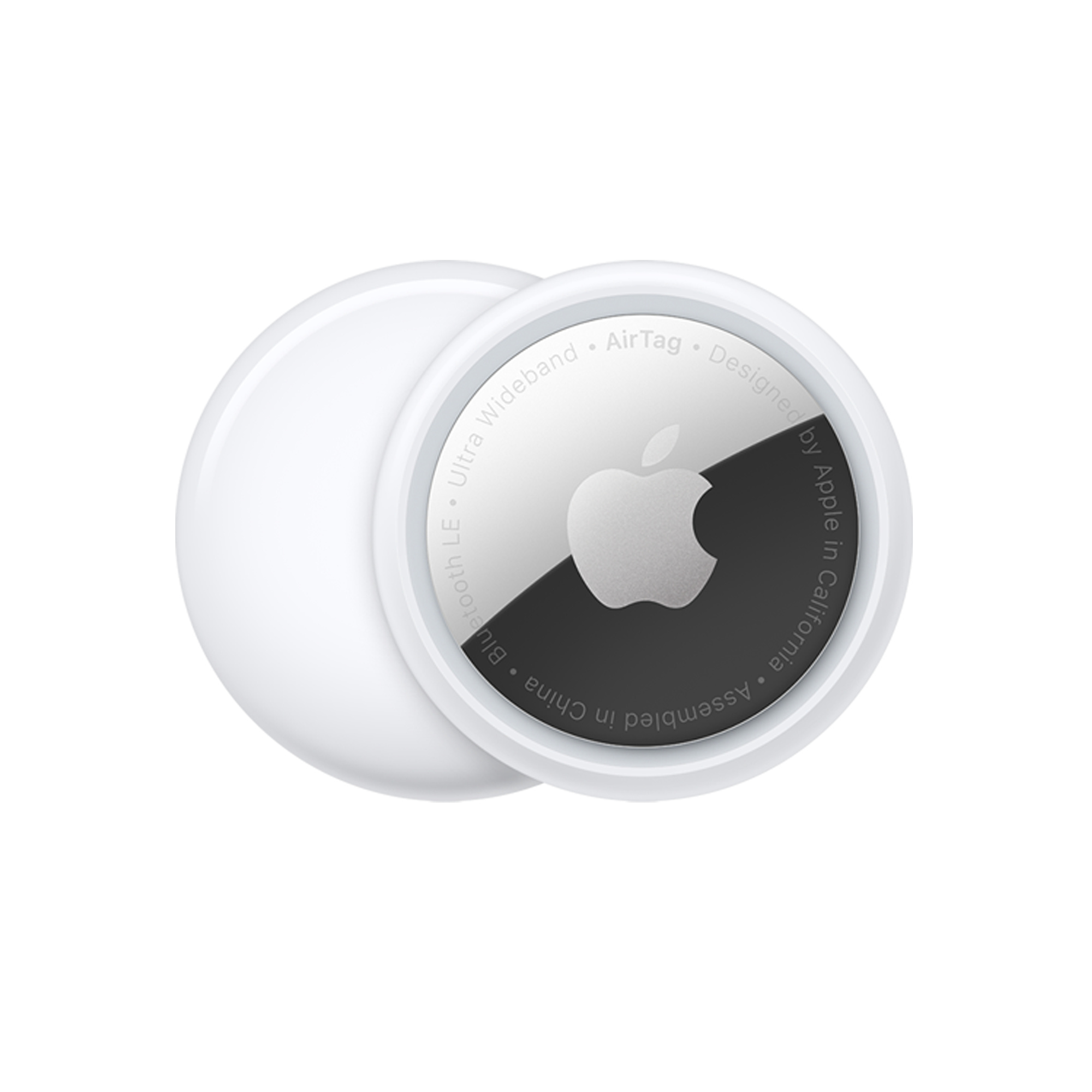
Security and Identification
- Locks: TSA-approved locks are essentially useless as a security mechanism because anyone in the world can buy a set of keys off Amazon...but you can use them if they make you feel better. There is one additional argument for using one which is they might keep zippers together if the bag is roughly handled.
- Tags: Identify your luggage with tags that have your contact information, both inside and out. This step helps prevent loss and facilitates the return of your gear should it be misplaced. You are trading a bit of potential privacy risk for the ability to get your luggage returned to you if it is lost.
- Trackers: I have an Airtag in every bag that flies with me, including carry-on. It reminds me when I potentially leave things behind and it confirms that the bag at least arrived at my destination.
- Inventory List: Keep an inventory of all the items you’ve packed, especially in your checked luggage. If you used a Checklist for packing, and you should, you already have one. This list can be a lifesaver if you need to file a claim for lost or stolen items.
